National Aeronautics and Space Administration
Goddard Space Flight Center
Search:

Balloon Program Office
Operations
McMurdo, Antarctica
Launches are conducted from Long Duration Balloon (LDB) launch pad, located about eight miles from McMurdo Station on the Ross Ice Shelf. Since 1996, the launch site has been operated exclusively as a field camp to support scientific balloon operations. Launch site position is on or about 77.86 degrees south latitude and 167.13 degrees east longitude near sea level. A single circumpolar flight trajectory is nominally 9 to 14 days, traveling to the west, and typically bounded between 73 to 82 degrees south latitude for balloon float altitudes of 105,000 to 130,000 feet; flights requiring multiple circumnavigations are be identified and agreed to prior to implementation of the Antarctica launch campaign. For mission planning purposes, logistics requirements are quite stringent; therefore experiment, payload, and ground support equipment must be flight ready prior to departure from the United States. Logistics, housing, meals, and other on-site support is provided by the NSF (National Science Foundation) who has responsibility for management of U.S.-sponsored polar programs in Antarctica.
Large scientific balloons launched near McMurdo Station, Antarctica, provide high altitude and long-duration flights that are required for scientific payloads in several fields. Occasionally, small hand launched balloons from McMurdo or elsewhere with payloads less than about 50 kg also provide unique research opportunities.
View Larger Map
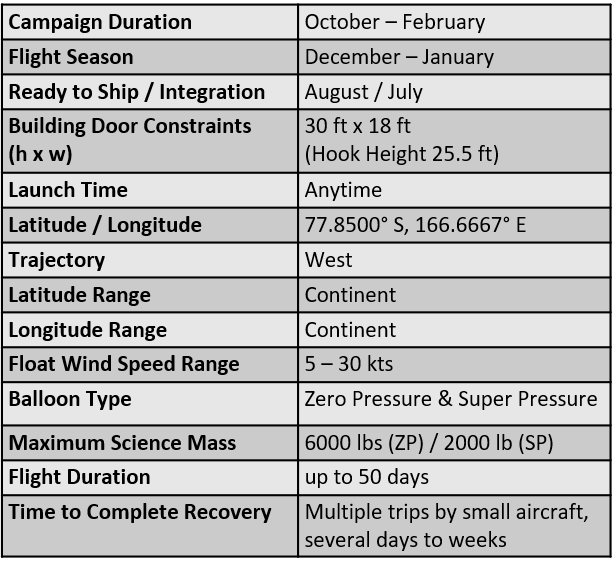
Launch operations are normally conducted from about December 1 through January 10 each year, based upon establishment of summer season stratospheric anti-cyclone winds. Launch is contingent upon establishment of the anti-cyclone. Flights may remain aloft as late as January 21 but recovery assets become scarcer near the end of the season. CSBF support personnel normally begin arriving at McMurdo Station around November 1 each year. Science personnel may arrive earlier, if required to ensure their flight readiness date.
This scheduling will be coordinated by the CSBF Campaign Manager. Typical departure dates from Antarctica run no later than around January 20 to 30 to ensure complete departure of equipment and personnel before the NSF’s “winter-over” operations begin. If a mission is unable to be launched due to extenuating circumstances, the mission may be wintered-over for the next campaign.
Shipping of all CSBF equipment in support of each year's campaign is no later than the end of August to allow time for equipment to arrive at Port Hueneme, California for on-forward ocean shipment to New Zealand and then to McMurdo by air. This includes experiments, ground station equipment, flight equipment, and all final shipments required for flight support the following November. CSBF ships heavy items such as balloons and helium to McMurdo one year in advance, so special balloon configuration requirements must be identified early enough to be built and shipped. This typically means that special balloon requirements must be identified and approved no later than May 1 for operations which require them to be used two summer seasons hence to allow sufficient time for special engineering considerations, construction, and shipment to Port Hueneme, California prior to on-forwarding to Antarctica.
Because shipment of equipment is due out by the end of August, pre-deployment integration in Palestine must be concluded by the middle of August each year. Following this integration and compatibility testing, a Mission Readiness Review (MRR) is conducted prior to shipment to assess the readiness of both the experimenter and the CSBF. It should be understood that all equipment is shipped directly from the CSBF to Port Hueneme following pre-deployment integration. No configuration changes to the science experiment (including flight software) or the CSBF support systems are allowed following integration without approval from the Mission Readiness Review (MRR) technical panel.
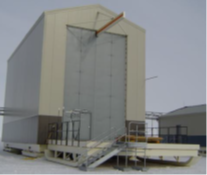
Payload Building 1 & 2
- Payload integration
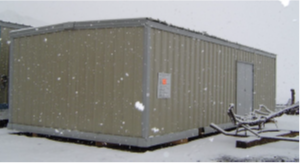
Mechanical Building
- LDB Engineering
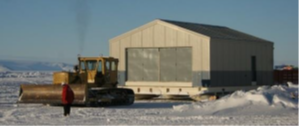
Rigging Building
- Rigging Personnel
- Meteorology Department
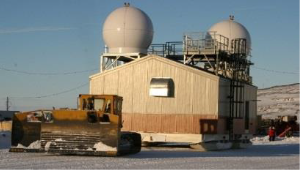
Telemetry Building
- Electronics
More Information on National Science Foundation
More Information on US Antarctic Program
NASA Code 820
Scientific Balloon Update
Report back for the latest update from NASA's Balloon Program Office.
- NASA Official: Debora Fairbrother
- Point of Contact: Angelique Kinney
